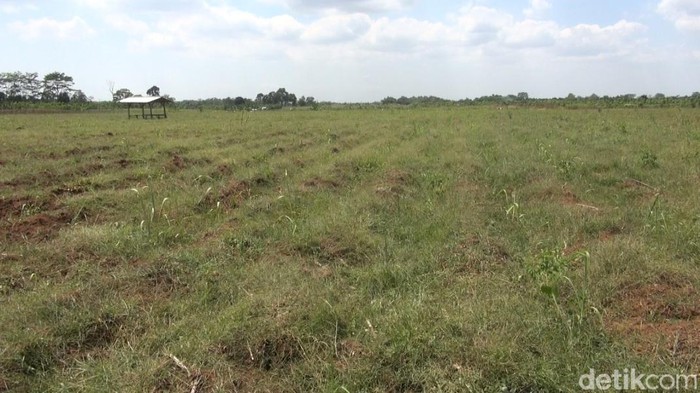Jakarta –
Industrial land prices in the Jabodetabek area and its surroundings have increased. Bekasi is now one of the regions with the most expensive industrial land prices in the Bodetabek area.
According to a report by Cushman & Wakefield titled “Marketbeat Greater Jakarta Industrial Q2 2025,” the average industrial land price rose to IDR 2,872,000 per square meter from the previous IDR 2,860,010 per square meter. The highest-priced industrial land with active transactions is in Bekasi, valued at IDR 3,000,000 per square meter, up from IDR 2,950,000 per square meter.
Below are the details of the average industrial land prices in Jabodetabek for Q1 2025, with no recorded industrial land sales in Jakarta.
Jakarta: IDR 5,750,000 per square meter (no industrial land sales)
Bekasi: IDR 3,000,000 per square meter
Tangerang: IDR 2,850,000 per square meter
Karawang & Purwakarta: IDR 2,450,000 per square meter
Serang: IDR 2,200,000 per square meter
Bogor: IDR 2,300,000 per square meter
Subang: IDR 1,900,000 per square meter
On the other hand, industrial land supply in the Jabodetabek region remained unchanged from before, with a total area of 16,674 hectares. This is due to no new industrial land entering the market during Q2 2025.
Warehouse Supply and Rental Prices
In the warehousing sector, an estimated 166,559 square meters of new space will be added from Jakarta and Bogor. As a result, the total warehouse space supply reached approximately 3.15 million square meters by the end of June 2025.
Rental prices remain stable, averaging IDR 79,768 per square meter per month. Below are the details of average warehouse rental prices in Jabodetabek.
Jakarta: IDR 101,842 per square meter per month
Bekasi: IDR 80,426 per square meter per month
Tangerang: IDR 80,000 per square meter per month
Karawang & Purwakarta: IDR 75,056
Bogor: IDR 61,517 per square meter per month
Despite the increase in industrial land values, warehouse rental rates have not shown significant changes throughout the year. This indicates relatively stable demand in the sector.
Meanwhile, as of June 2025, the average warehouse occupancy rate was 81.64%, a 0.90% decrease compared to the previous quarter. This decline was primarily due to newly added supply still in the early stages of occupancy. On the other hand, demand patterns remained consistent with the previous quarter, with the automotive and logistics sectors—particularly driven by e-commerce and retail—still leading market absorption.






